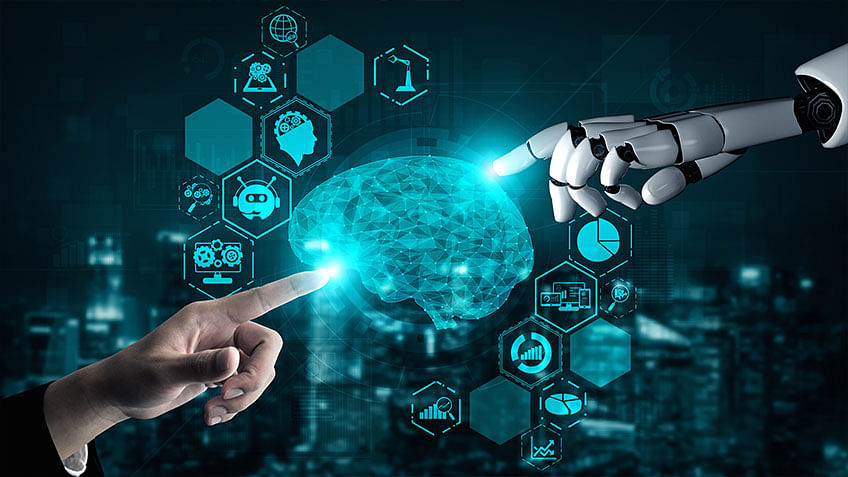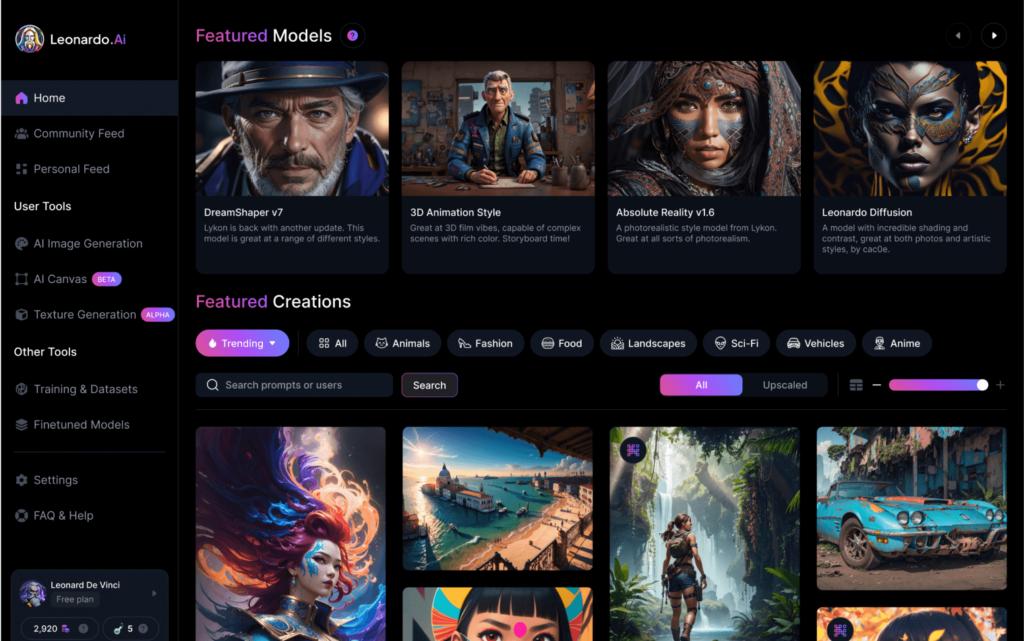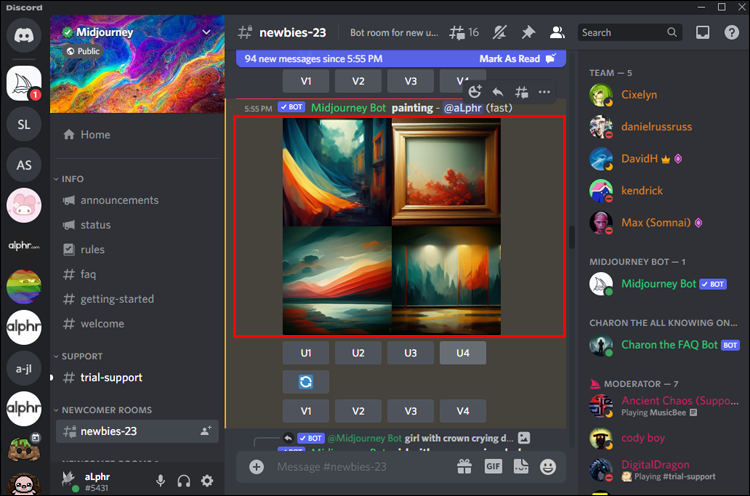Generative Antagonistic Organizations (GANs): Presented by Ian Goodfellow and his partners in 2014, GANs comprise of two brain organizations - the generator, which produces pictures, and the discriminator, which assesses them. The two organizations are prepared together, with the generator attempting to deliver pictures that the discriminator can't recognize from genuine pictures, and the discriminator attempting to get better at telling genuine from counterfeit. This antagonistic cycle prompts the generator making progressively persuading pictures. Throughout the long term, varieties of GANs like DCGANs, WGANs, BigGANs, and StyleGANs have been grown, each refining the cycle and creating always reasonable pictures.
Variational Autoencoders (VAEs): VAEs are a sort of autoencoder that can create new pictures. They work by encoding an info picture into a lower-layered dormant space and afterward disentangling it back into a picture. The variational angle comes from presenting irregularity in the encoding system, permitting the model to produce varieties of pictures.
Transformers in Picture Age: Transformers, which were at first created for regular language handling errands, have been effectively applied to picture age too. Models like OpenAI's DALL·E depend on the GPT-3 design yet are prepared on pictures, empowering them to produce novel pictures in view of literary depictions.
Brain Style Move: This procedure permits you to take the imaginative style of one picture and apply it to another picture. It does as such by enhancing the substance of the objective picture to match the style of the source picture while keeping up with its unique substance.
Picture to-Picture Interpretation: Calculations like Pix2Pix and CycleGAN can decipher pictures starting with one area then onto the next, such as transforming outlines into bright pictures or ponies into zebras.
Pre-prepared Models and Move Learning: Enormous scope models pre-prepared on tremendous datasets can be tweaked on unambiguous assignments with more modest datasets. This strategy is strong for picture age as it use recently educated highlights.
How to effectively Use AI image generators:
1. Settle on a System:
A few profound learning systems permit you to construct, train, and convey simulated intelligence models. A portion of the famous structures include:
TensorFlow (with its undeniable level Programming interface, Keras)
PyTorch
MXNet
2. Pick a Pre-prepared Model or Begin Without any preparation:
Contingent upon your undertaking, you could need to:
Utilize a pre-prepared model (like BigGAN, StyleGAN, DALL·E) and perhaps calibrate it for your application.
Begin preparing a model without any preparation, which will require a ton of information and computational assets.
3. Set up Your Information:
On the off chance that you're preparing a model without any preparation or calibrating, you'll require a dataset.
Pictures ought to be of predictable aspects (e.g., every single 256x256 pixel).
Standardize the pictures (for the most part esteems are scaled between - 1 and 1 or 0 and 1).
Part the dataset into preparing, approval, and potentially test sets.
4. Characterize the Model:
For GANs, characterize both the generator and discriminator organizations.
Different structures, as VAEs, will have their own particular models to characterize.
5. Train the Model:
GANs are prepared iteratively, with the generator and discriminator being prepared pair.
Screen your model's misfortune measurements and perhaps picture the produced pictures during the preparation interaction to guarantee that the model is advancing properly.
6. Assess and Utilize the Model:
When the model is prepared, create pictures utilizing the generator organization.
You can incite models like DALL·E with text to create explicit pictures.
For brain style move, you'd give a substance picture and a style picture to get the last adapted yield.
7. Organization (Discretionary):
On the off chance that you're constructing an application, you'll convey your prepared model utilizing apparatuses like TensorFlow Serving, TorchServe, or other cloud-based arrangements.
Viable Instruments and Assets:
Google Colab: Offers free GPU access and can be a superb spot to explore different avenues regarding picture generators.
NVIDIA StyleGAN2 and StyleGAN3: These are cutting edge GANs known for creating top notch face pictures however can be adjusted for other datasets.
RunwayML: A device for makers and specialists, making it more straightforward to utilize computer based intelligence models for content creation without profound coding.
DeepArt.io and DeepDream: Online stages to play with brain style move.
Examples of AI image generators:
Leonado AI
Midjourney
- Open Picsart photo editor. In the photo editor find the AI Image Generator tool and enter your text prompt. ...
- Generate AI image. Click the Generate image button to begin the AI image creation process. ...
- Customize image. Customize your image any way you see fit. ...
- Download design.





.jpg)
.jpg)
0 Comments